I love architecture. Most probably because of the lines and curves, tones and shapes that an architect has to think about when they design beautiful buildings. In my teens, I thought that this was where I would be headed with my interests, but my grades at school were never that good to get me there.
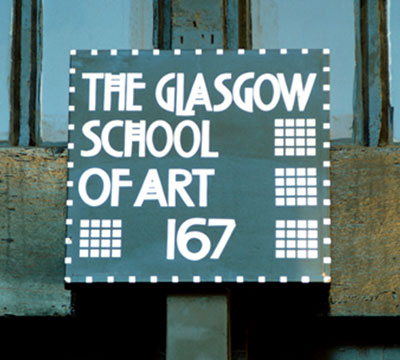 But I love going for a tour of a really beautiful building. Here in Scotland, we're a bit spoiled, because Glasgow is the home of Charles Rennie Mackintosh. He is to Glasgow (and Scotland as a whole), what Gaudi is to Barcelona and Catalonia. He was a genius who built some very beautiful buildings and furniture.
But I love going for a tour of a really beautiful building. Here in Scotland, we're a bit spoiled, because Glasgow is the home of Charles Rennie Mackintosh. He is to Glasgow (and Scotland as a whole), what Gaudi is to Barcelona and Catalonia. He was a genius who built some very beautiful buildings and furniture.
Tomorrow is my day off, and I felt that if I should go somewhere, and do something that gives me inspiration, and a deep sense of satisfaction - I should go and see Charles Rennie Mackintosh's 'school of art'.
The school of art was designed first and foremost as a 'functional' place for art students.
I never went to art-school - which was a surprise for me, because I'd always been a bit of an 'art' kid all through my childhood and teenage years and always assumed this is where I'd end up after high school. I still wonder why I never made it to art school, but I'm willing to accept that maybe I wouldn't be where I am today if I had.
But if I had made it to art-school, I would have preferred to go somewhere where the aesthetic married my own sensibilities and tastes.
Mackintosh's School of art would have been perfect for me. It is a very beautiful building, full of thought and design aesthetics, while also being a place of work - it is filled with contemporary art students.
I love it dearly, and I've visited it several times now.
I think architecture and photography are highly related - both require an awareness of space - as well as of the aesthetic. Both, when done well, can enrich our lives and give us a sense of belonging or 'emotional attachment'.
When was the last time you wandered around a beautiful building, and considered it's symmetry and tonal interest in the same way that you may with the landscape?
As photographers, we are creative people. We get our inspiration from everything around us.
It doesn't have to be visual, but certainly I find beautiful buildings as deeply pleasing (and rewarding) to be around as beautiful landscapes.
I understand the importance of being outside in nature, but I often feel that well designed buildings are our interpretation of nature - they are structured into a tidy, organised way - a way in which we make sense of the randomness of the natural world.
In that sense, beautiful buildings are very much like beautiful landscape photographs. They capture the essence of structure, form and tone of our surroundings.


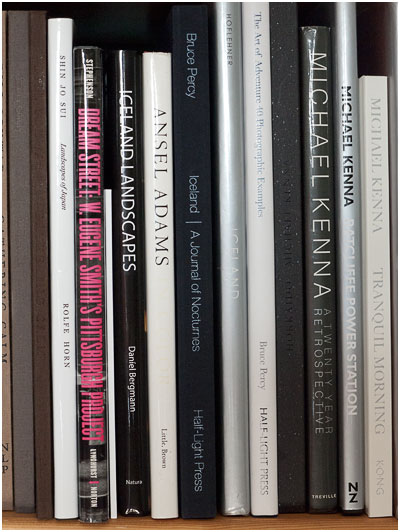
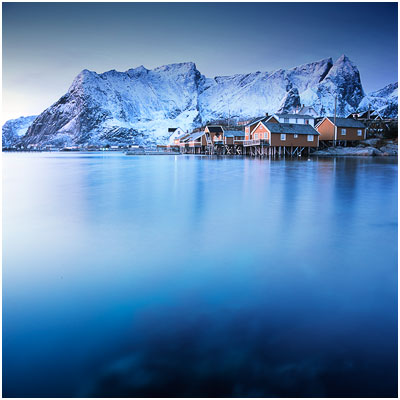
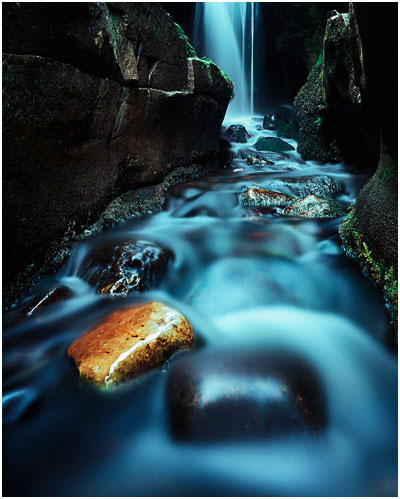
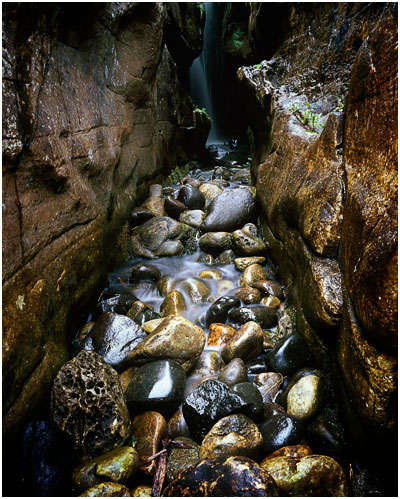
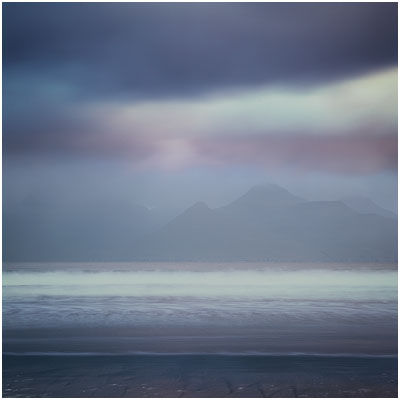
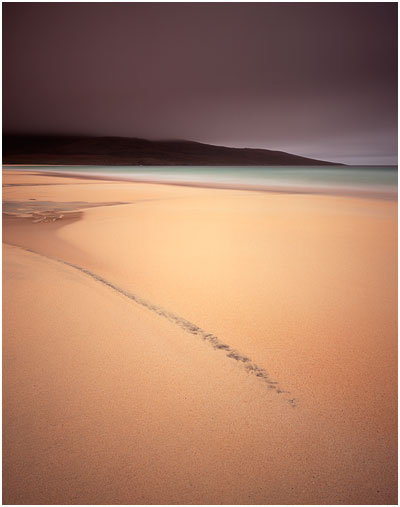
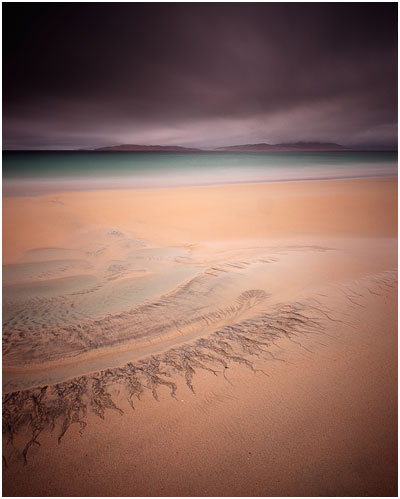

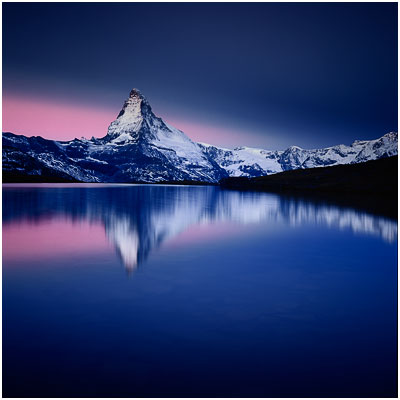
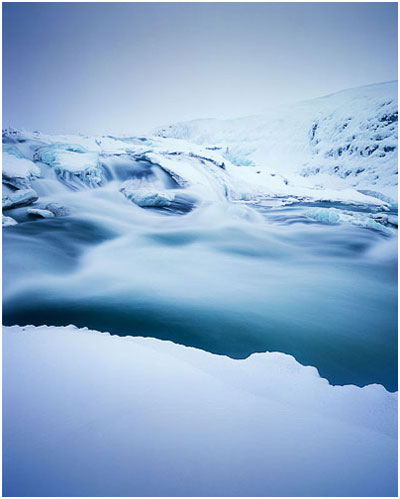
 I've just been informed today that the content for my Iceland book - 'a journal of nocturnes' will be featured in this September/October editions of Lenswork Extended.
I've just been informed today that the content for my Iceland book - 'a journal of nocturnes' will be featured in this September/October editions of Lenswork Extended.